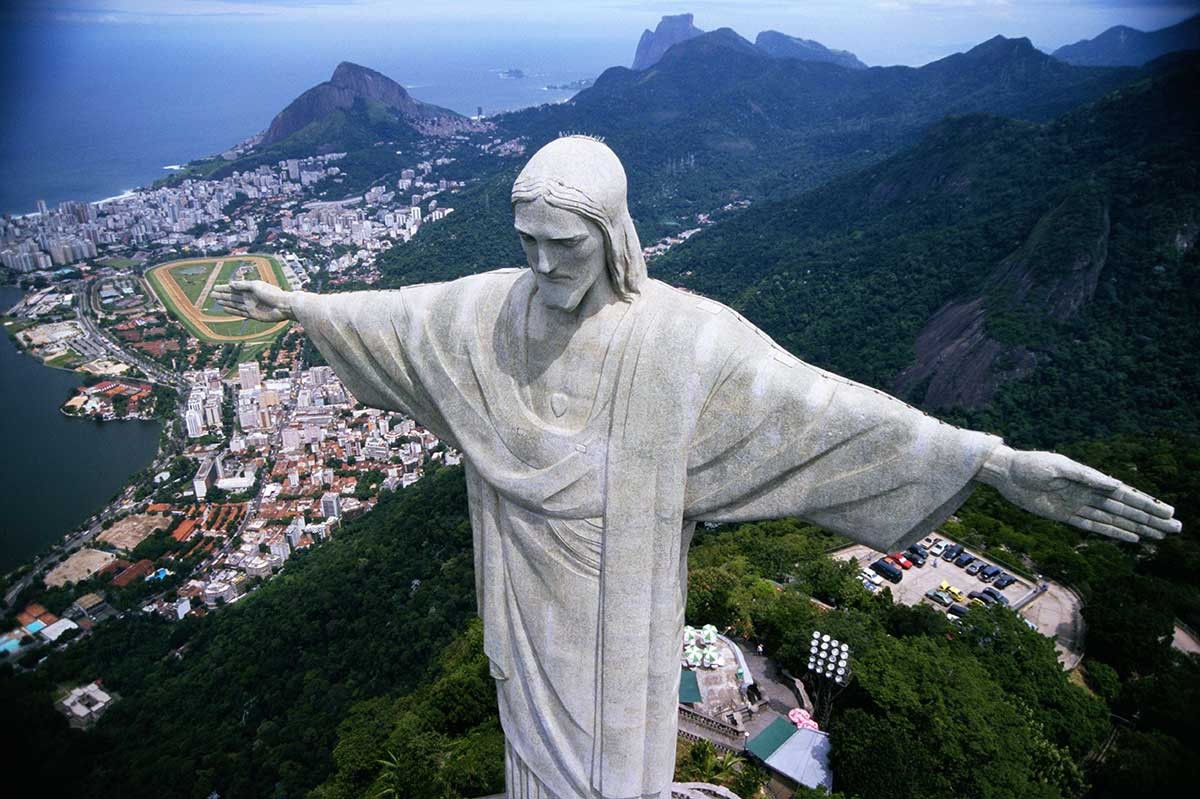The iconic Christ the Redeemer statue, standing atop Corcovado Mountain in Rio de Janeiro, is more than just a tourist attraction. Its construction was driven by a complex interplay of religious, political, and social factors in early 20th-century Brazil. This article explores the key reasons behind the creation of this monumental landmark.
Reviving Religious Fervor
Following World War I, a growing concern emerged among Brazil’s Catholic leaders regarding what they perceived as a decline in religious faith. The idea of a grand statue of Christ, first proposed in the mid-19th century, was resurrected. The statue’s prominent location on Corcovado Mountain ensured its visibility throughout Rio, serving as a constant reminder of Christian values. Funded entirely by public donations, the project demonstrated the widespread support for this symbol of faith.
Honoring Princess Isabel and Brazilian Independence
Initially, the statue on Corcovado Mountain was intended to honor Princess Isabel, who abolished slavery in Brazil in 1888. However, she suggested a statue of Christ instead, viewing him as the true redeemer. While the project was intended to coincide with Brazil’s centennial independence celebrations in 1922, financial constraints delayed its completion until 1931. The statue joined the ranks of other iconic structures built to commemorate national milestones, such as the Statue of Liberty and the Eiffel Tower.
Embodying the Paschal Mystery
Christ the Redeemer’s design, created by engineer Heitor da Silva Costa, intentionally reflects the core tenets of Christian faith, particularly the Paschal Mystery – Christ’s life, death, resurrection, and ascension. The statue’s open arms can be interpreted as both a symbol of crucifixion and an embrace of all humanity, conveying the message of redemption, salvation, and universal love.
A Symbol of Hope and Enduring Faith
During construction, workers inscribed the names of loved ones on the back of the nearly six million soapstone tiles that cover the statue, imbuing it with personal significance for countless Brazilians. Over time, Christ the Redeemer has become more than just a religious symbol. It represents hope, reassurance, and the enduring spirit of Brazil, attracting millions of visitors annually who seek inspiration and connection with this awe-inspiring monument.
